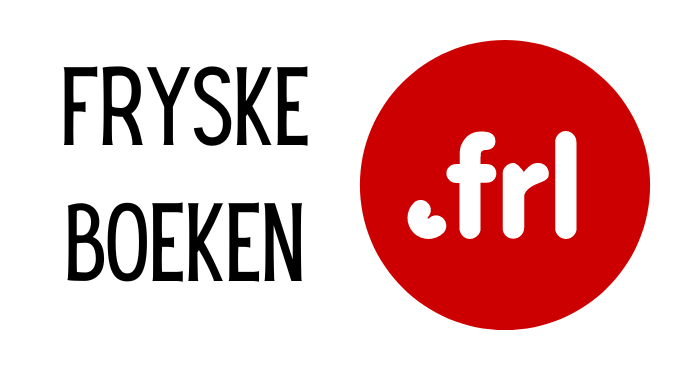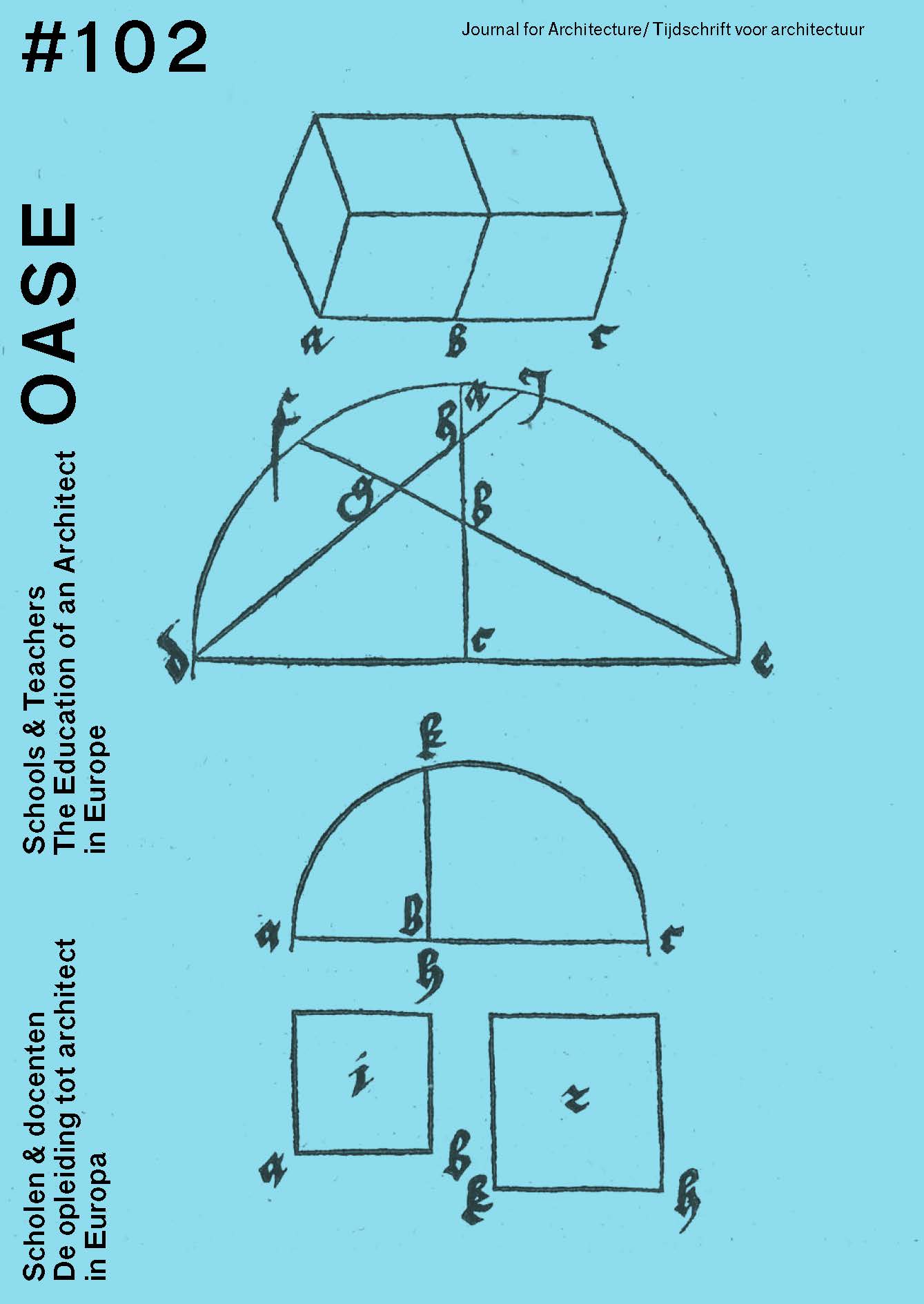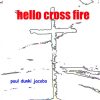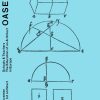-
×
 Wie praat, die gaat
€ 27,99
Wie praat, die gaat
€ 27,99 -
×
 Een Arabische tuin
€ 26,50
Een Arabische tuin
€ 26,50 -
×
 Contact
€ 16,95
Contact
€ 16,95 -
×
 PARTNERS DE HELPENDE HAND
€ 18,46
PARTNERS DE HELPENDE HAND
€ 18,46 -
×
 Percy Jackson and the Olympians: The Chalice of the Gods
€ 16,95
Percy Jackson and the Olympians: The Chalice of the Gods
€ 16,95
Subtotaal: € 106,85





